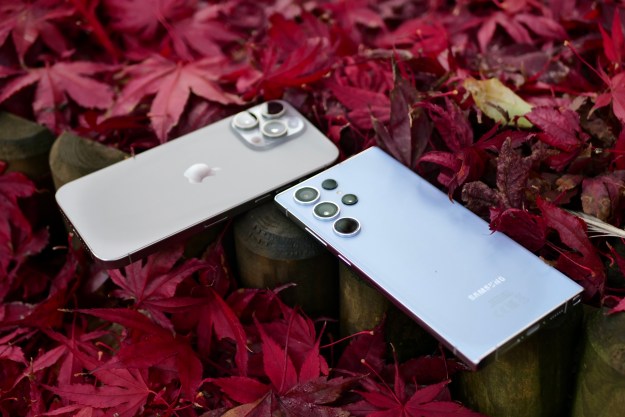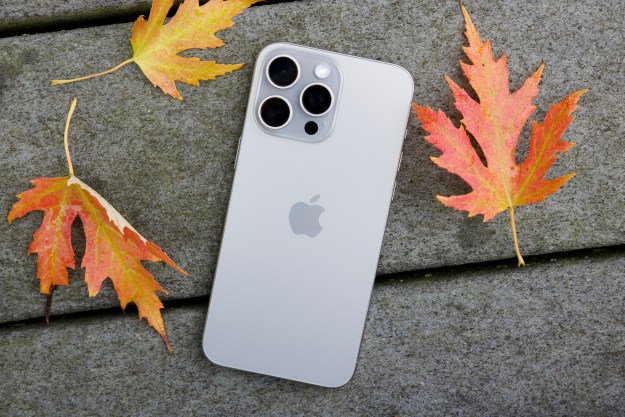Android devices are finally getting Bluetooth audio switching. After years of watching iOS users have fun from afar, Android owners can finally join the party and live a life of convenience. Now, you won’t have to constantly search through Bluetooth settings when using Fast Pair earbuds and can go between your Android phone, tablet, or vice versa.
Fast Pair has long allowed Android users to quickly pair wireless earbuds without fiddling through device settings. Now, Google’s expanding Fast Pair to allow for seamless device switching across multiple devices. Listening to music on your Android phone but want to switch to watching a movie on your

Unlike Apple’s audio switching features, the Android version won’t only be supported by first-party devices. Obviously, Google is pushing the feature with the release of the upcoming Pixel Buds Pro — which are scheduled to launch next week, but additional select earbuds from Sony and JBL will also receive support. Google will be prioritizing its own devices first, however, as the feature won’t be rolling out to third-party headsets for another few weeks.
Google’s take on automatic device switching is pretty much what you’d expect from the feature: your Bluetooth connection switches as new audio sources are introduced and prioritized. In the example that Google provides, this means that if you get a notification on your phone while watching a video on your tablet, the connection won’t switch to the phone because the video is prioritized. Audio priorities are able to be switched around in the settings.
This is an exciting big step for Google as it continues to try and establish itself in the audio space. Previous versions of the Pixel Buds have left a lot to be desired, so if the Buds Pro are able to be as highly regarded a product as the AirPods Pro, the company could be setting itself up for future audio success.
Editors' Recommendations
- One of the most iconic iPhone accessories is back — and it’s great
- 5 phones you should buy instead of the iPhone 15
- This one thing could make iOS 18 the best iPhone update in years
- These are the best Android 15 features you need to know about
- Google is going to change Pixel phones forever, and I can’t wait


